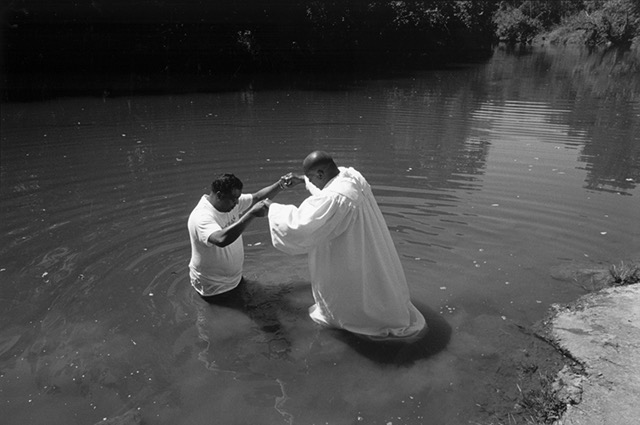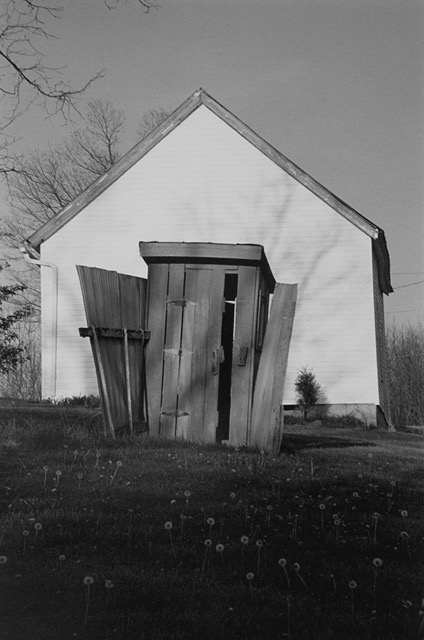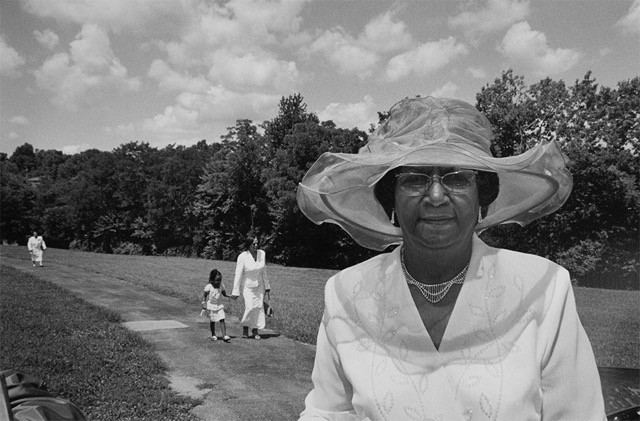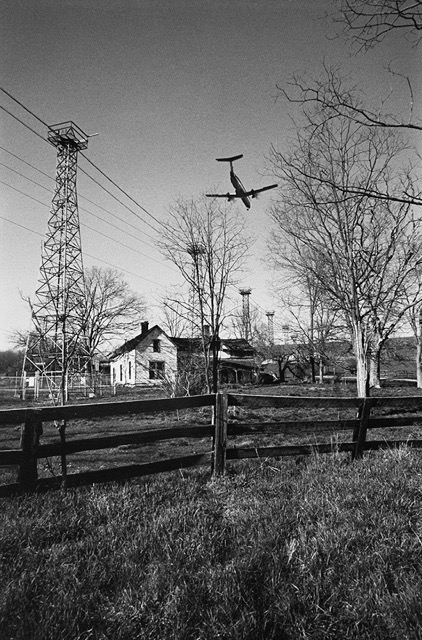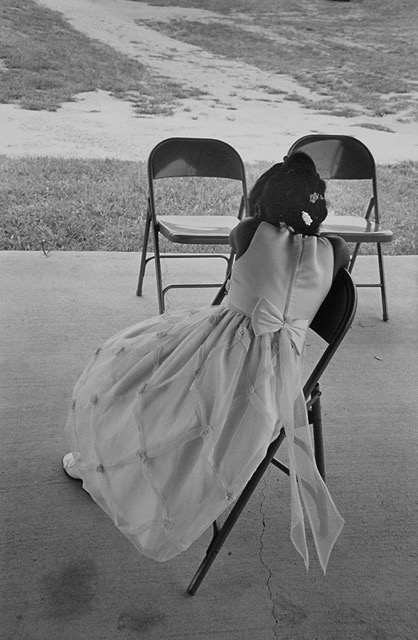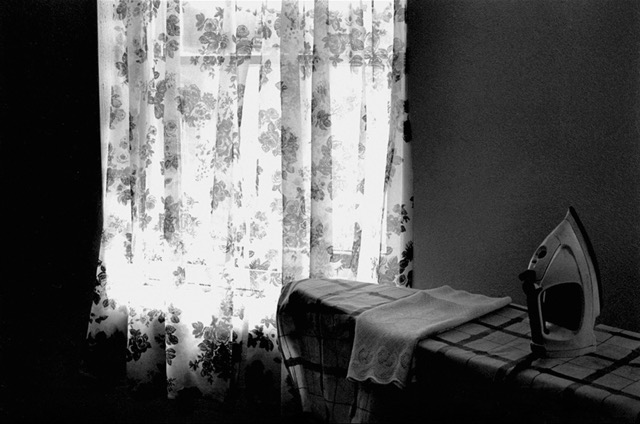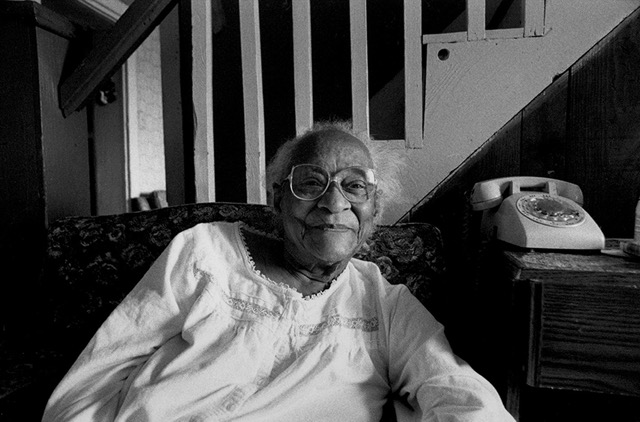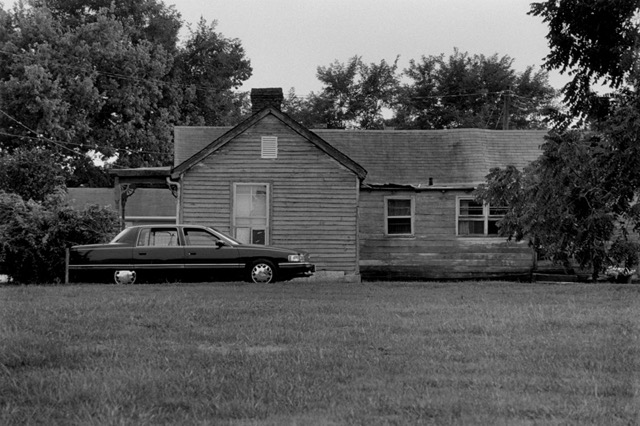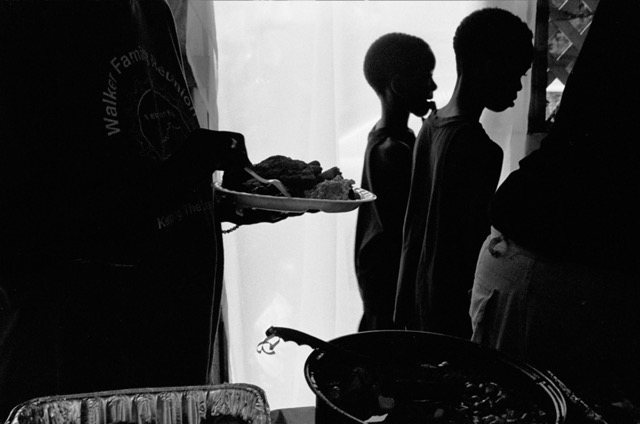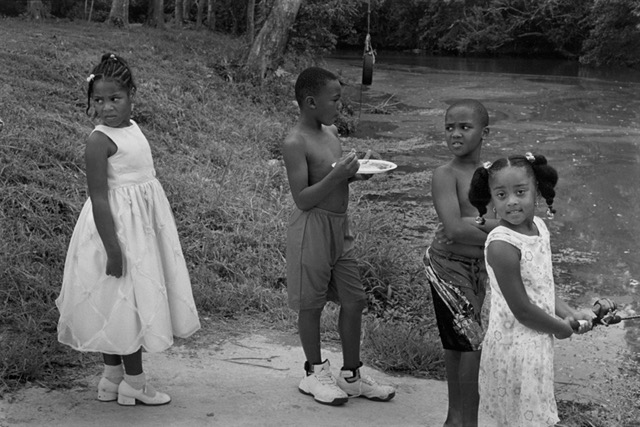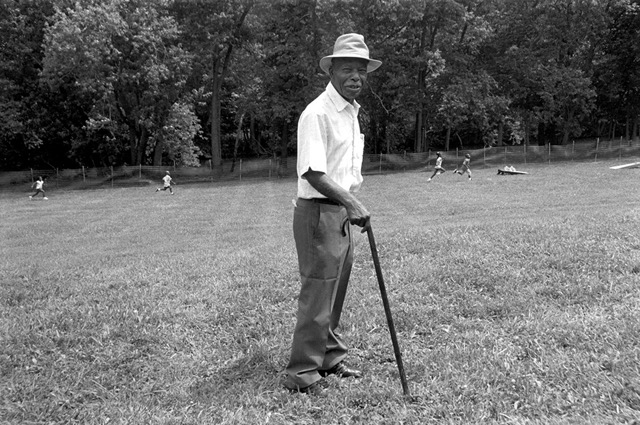Sarah Hoskins: The Homeplace
The Archive of Documentary Arts recently announced its acquisition of 250 silver gelatin prints by photographer Sarah Hoskins, from her series The Homeplace. The Archive of Documentary Arts is part of Duke University’s David M. Rubenstein Rare Book and Manuscript Library. Its mission is to collect, promote, preserve, and provide access to audio, moving images, photography, and text from around the world related to the history of documentary arts–and so it has collected Sarah’s significant documentation of the traditions and daily lives of African American communities in Kentucky’s Inner Bluegrass region that were originally founded by freed slaves following the Civil War. The ADA also holds work from her Hoskins project documenting Rosenwald Schools.
Sarah Hoskins is a documentary photographer. Her photographs have been exhibited nationally and internationally and are in numerous permanent collections including The Archive of Documentary Arts at Duke University, The Library of Congress and The Smithsonian Institution. Hoskins is the recipient of numerous grants and fellowships.
Her documentary projects have been featured in American Legacy, American Photography Annual 19, foto8, Photo District News, The Digital Journalist and public television.Hoskins was profiled on NPR’s Weekend Edition and NPR’s Picture Show, which received an award from The White House News Photographers Association. She was one of four photographers selected for the 2010 Robert C. May Photography Endowment Lecture Series at The Art Museum at The University of Kentucky.
Hoskins’ images were selected for Photography Now 100 Portfolios, an international survey of photographers sponsored by Eastman Kodak.She received her BA from Columbia College Chicago.
The Homeplace is comfort. The place you can go back to no matter how many years have passed. It will always hold something familiar something safe.Fifteen years ago I stood in the middle of Frogtown Lane with a map in hand. I didn’t know a soul. Now fifteen years later I know everyone on that lane and those who have passed away. I have been to basket meetings, funerals and family reunions. Even when I am not there in the communities they are always right here with me.
“Today many of the residents are descendants of the freed men and women who founded these hamlets. In some cases as many as six generations of a family have lived in succession on a “homeplace” in these communities. Some of these hamlets are prospering while the existence of others is tenuous. Many of the residents of these hamlets learned of slavery at their grandparents’ knees and endured the Jim Crow South. They lived ‘separate but equal’ and saw the decades of milestones and their impacts, including desegregation, social segregation, and ultimately the election of Barack Obama. They did much more than endure and survive negative circumstances; they rose above them and thrived.”
Posts on Lenscratch may not be reproduced without the permission of the Lenscratch staff and the photographer.
Recommended
-
Shinichiro Nagasawa: The Bonin IslandersApril 2nd, 2024
-
The International Women in Photo Association Awards: Lorraine Turci: The Resilience of the CrowMarch 16th, 2024
-
The International Women in Photo Association Awards: Rayito Flores Pelcastre: Chirping of CricketsMarch 14th, 2024
-
The International Women in Photo Association Awards: Louise Amelie: What Does Migration Mean for those who Stay BehindMarch 12th, 2024
-
Brandon Tauszik: Fifteen VaultsMarch 3rd, 2024


